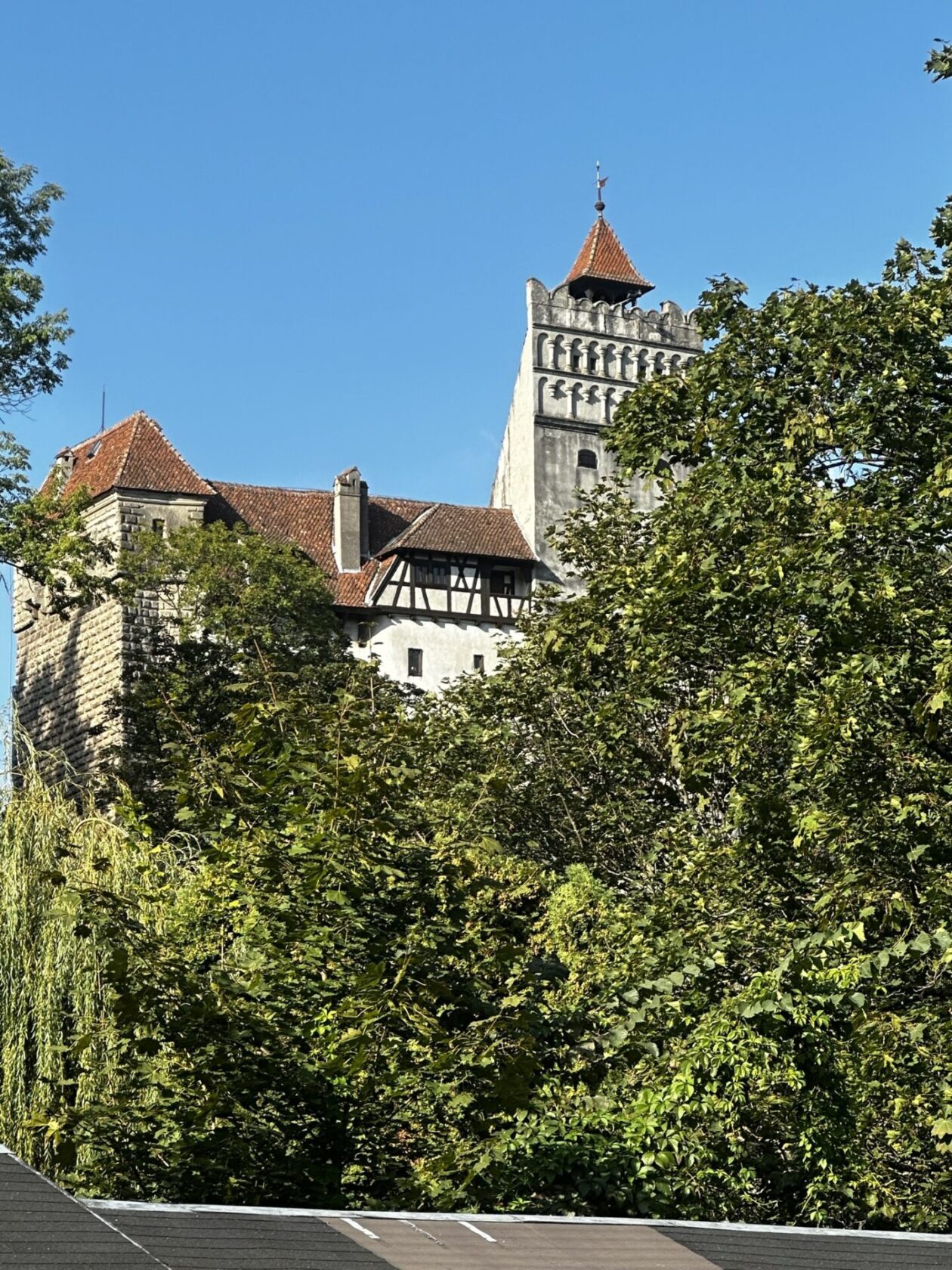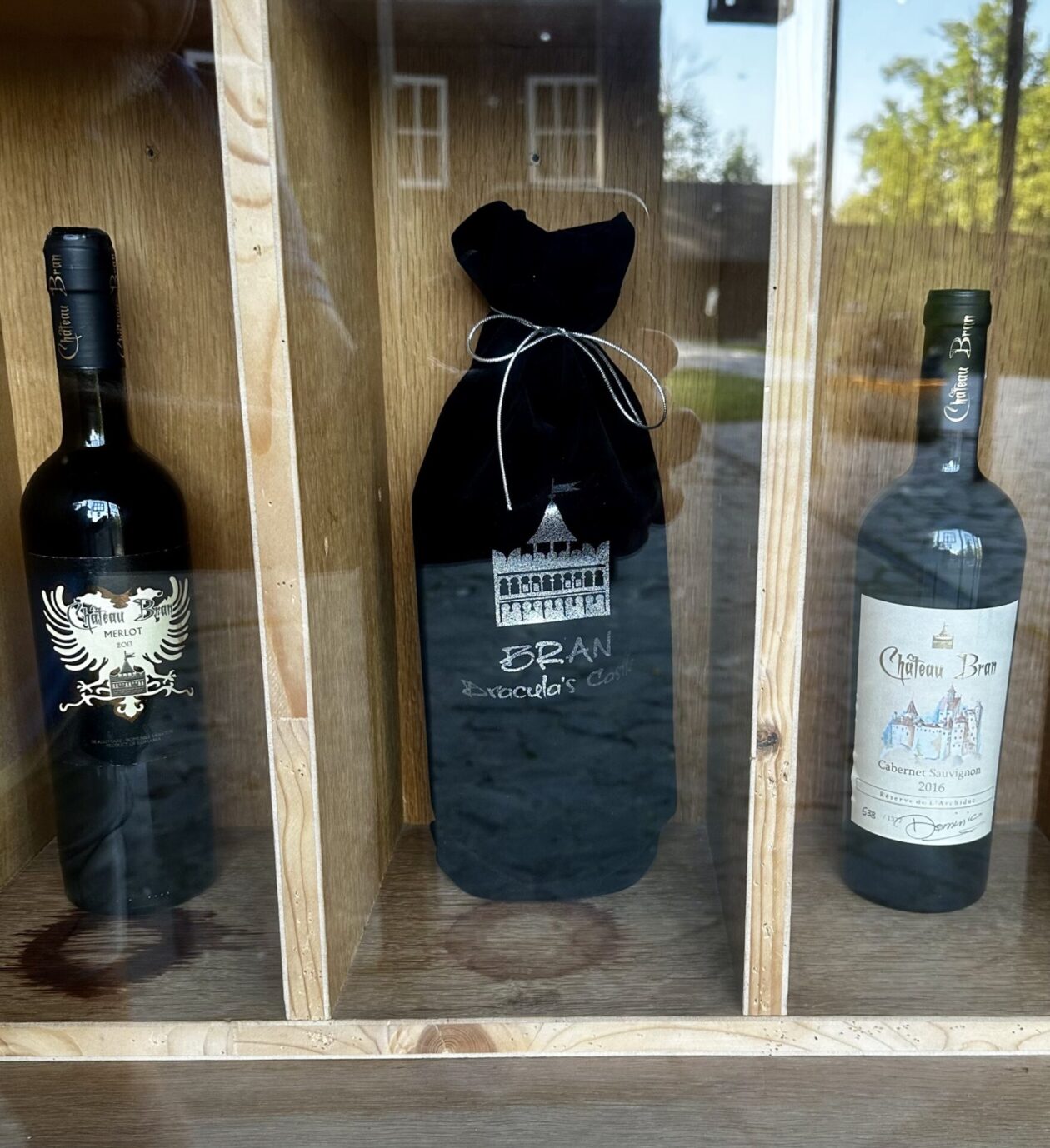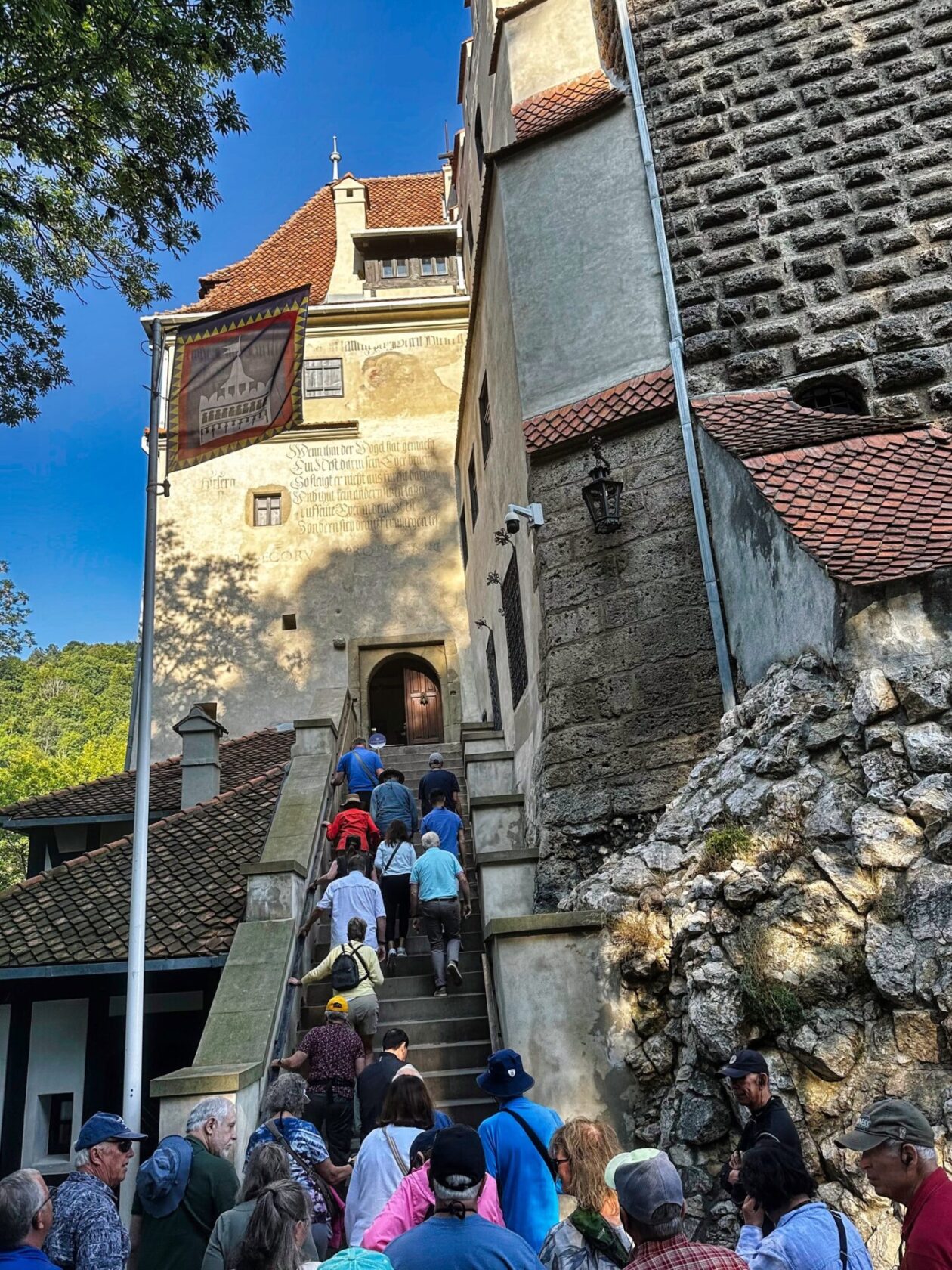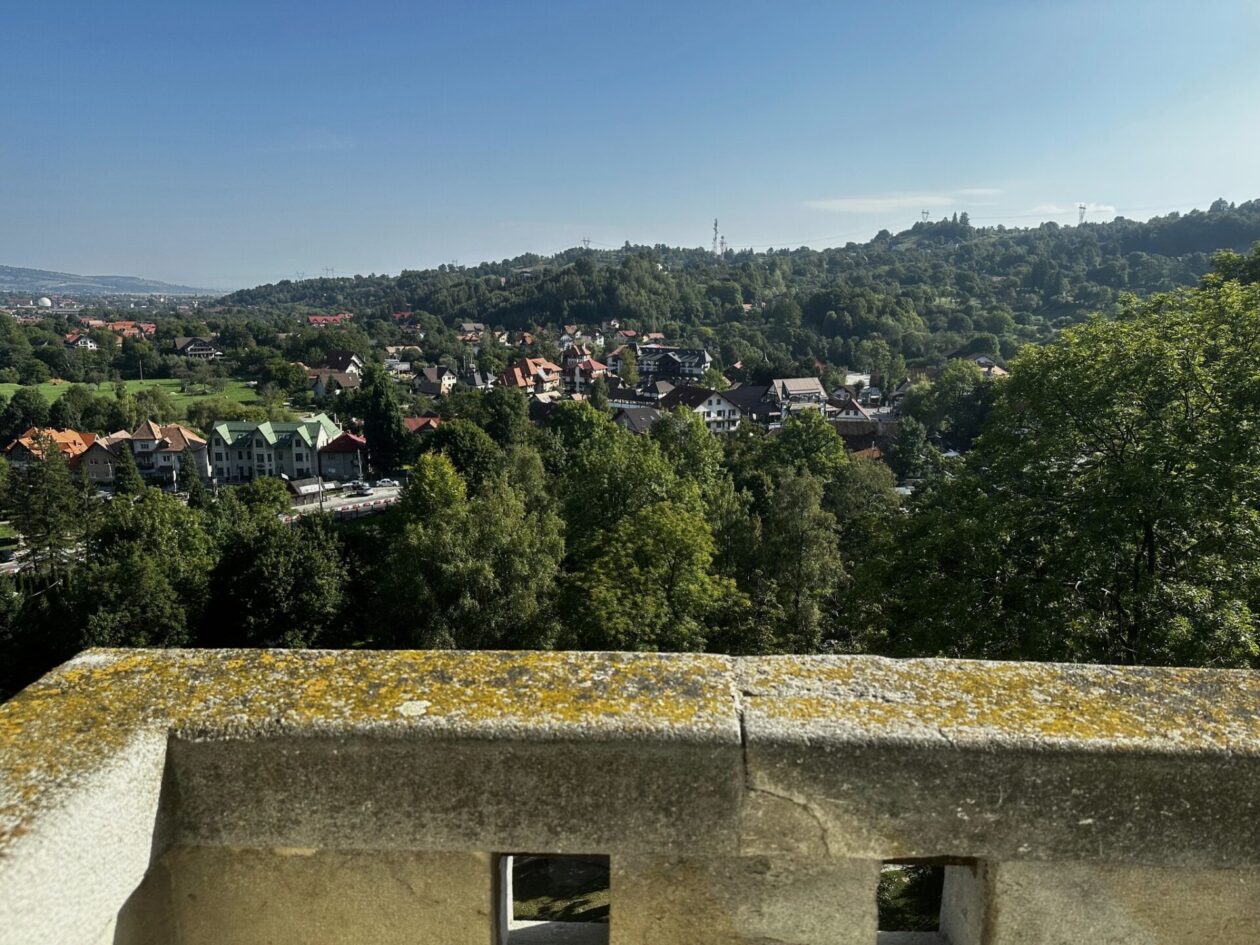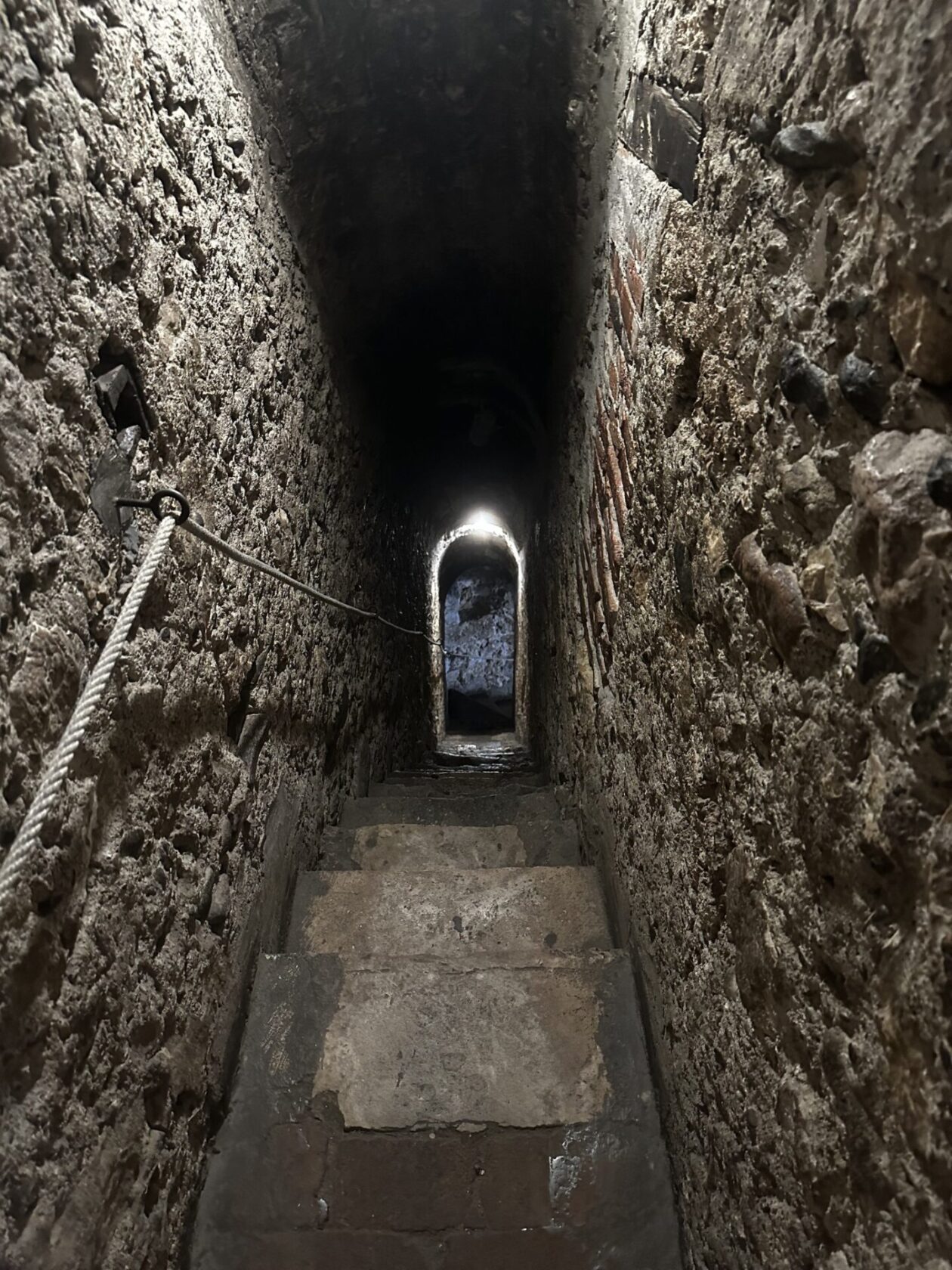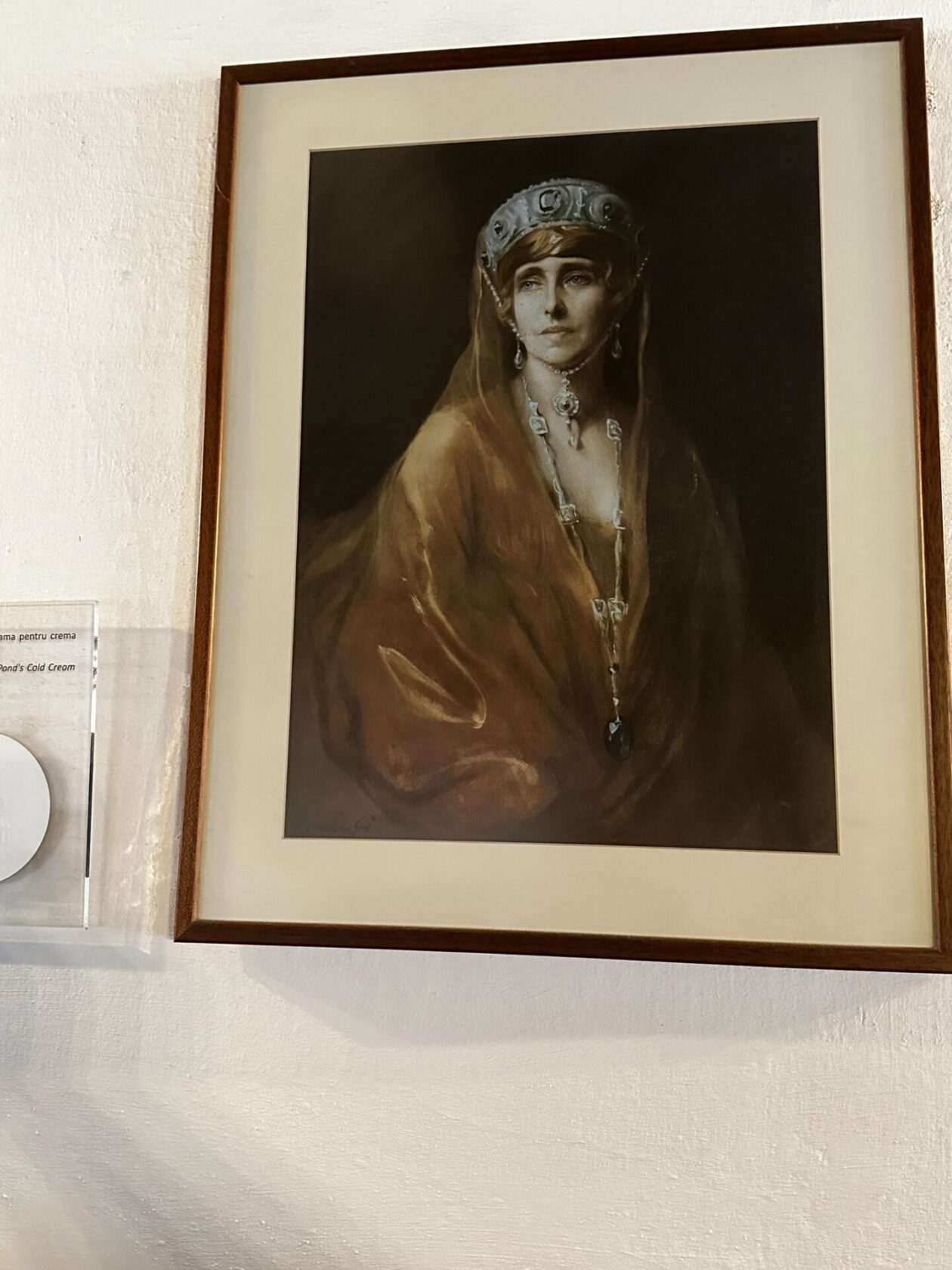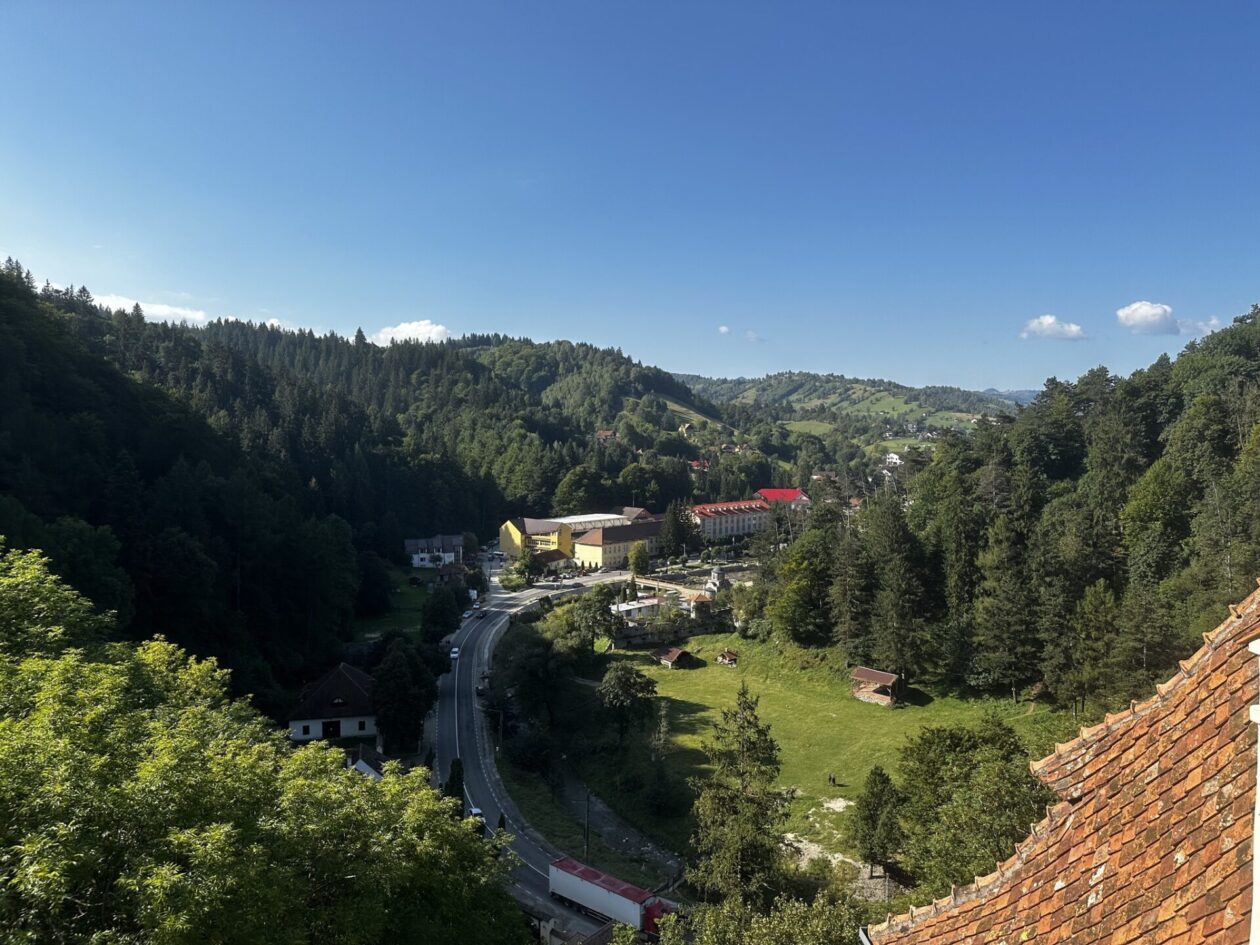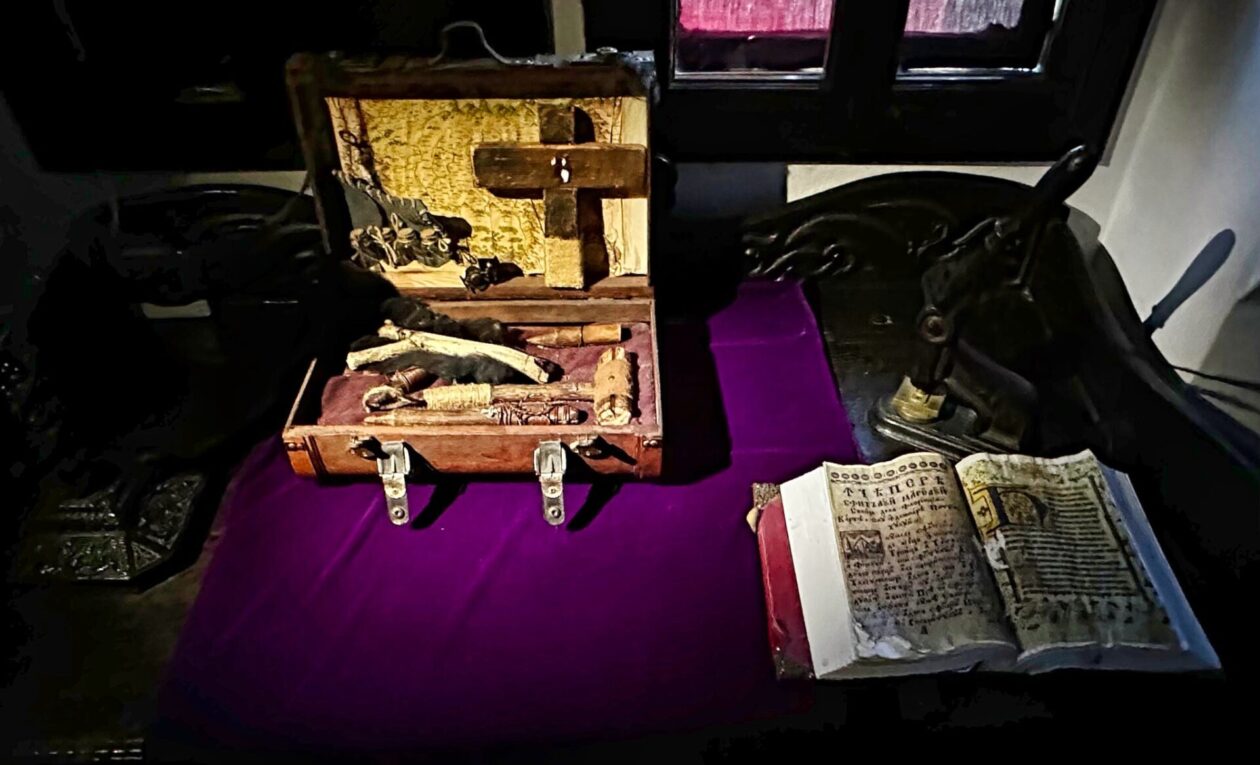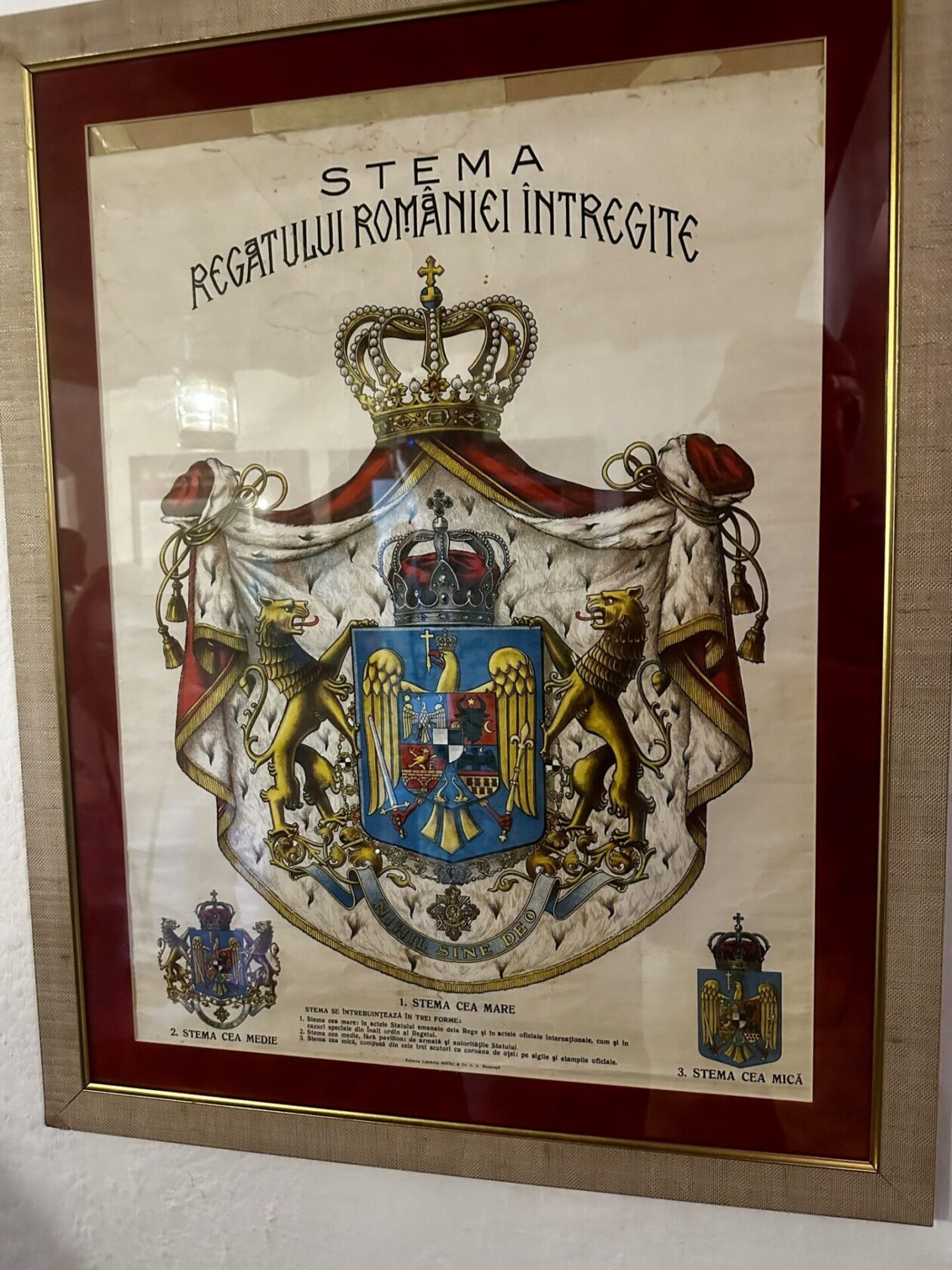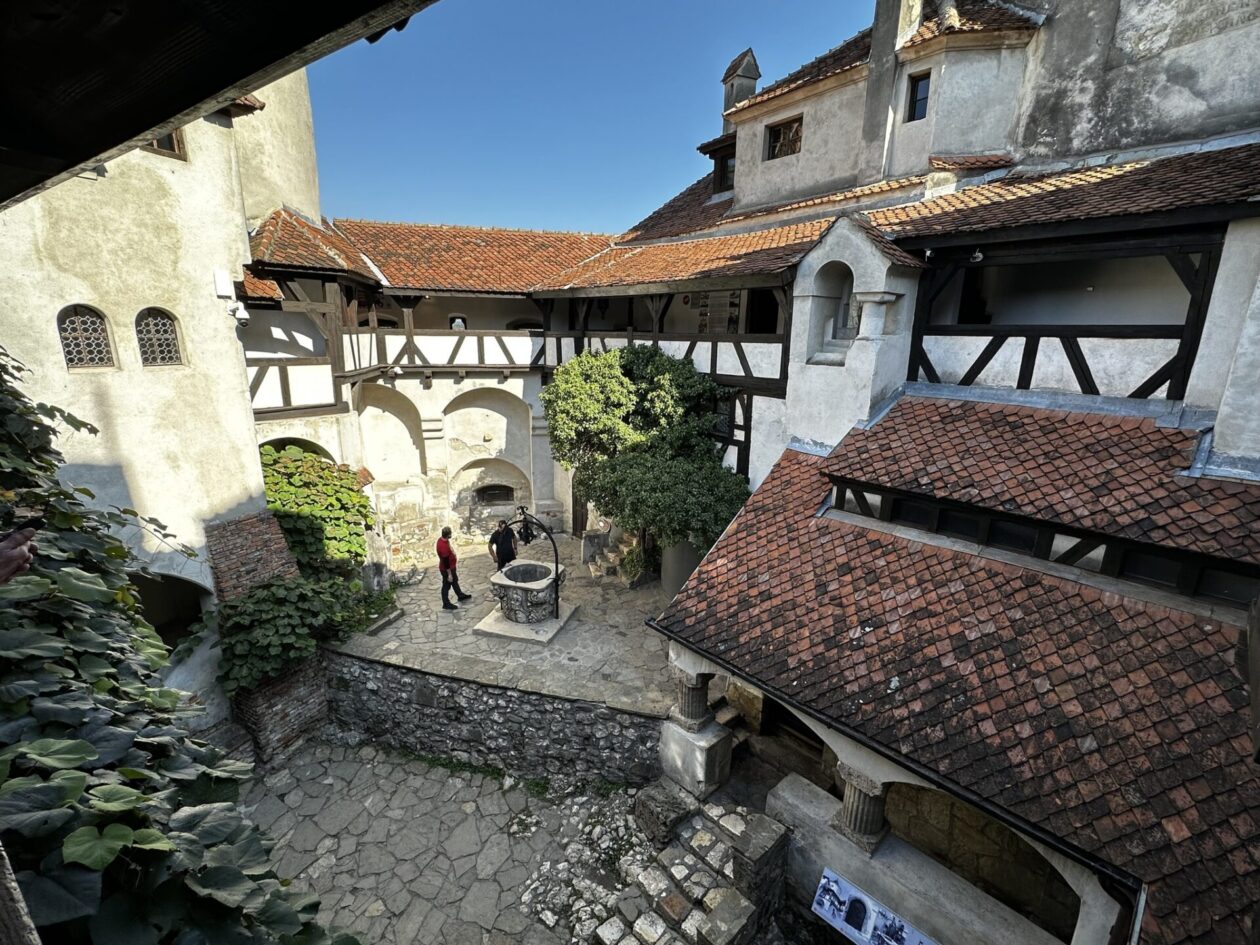This is part of a series called Pan European Sojourn 2023
Show More Posts
- The start of our Pan European Sojourn
- And we’re off — first stop Palma de Mallorca!
- Alicante, Spain
- Sète and Aigues Mortes, France
- St. Tropez and Gassin, France
- Portofino and Camogli, Italy
- Paris and Angers, France
- Bucharest, Romania
- Into the Carpathian Mountains — Peles Castle
- Brasov and Sighisoara, Romania
- Bran Castle and the legend of Dracula!
- Vidin, Bulgaria
- Valiko Tarnavo and Arbanasi, Bulgaria
- Rolling down the (Danube) river and Golubac Fortress, Serbia
- Belgrade, Serbia
- Novi Sad, Serbia and Vukovar, Croatia
- Pécs, Hungary
- Budapest, Vienna, and end of trip
Today we went to Bran Castle, the supposed home of Dracula. This is the second castle on the site, built in the late 14th century (an earlier wood castle was built in the 13th century by the Teutonic Knights). The castle is a national monument, dedicated to the memory of Queen Marie, who was the last Romanian Queen, recognized for saving and restoring the castle. BTW, you should check out Queen Marie’s story — she was quite a woman.
Anyway, this is where I want to clear up the story on Vlad. Here are some facts: (1) “Draculea” actually means “dragon;” Vlad’s Dad had that title and he continued on with it; (2) Vlad only spent 4 days in this castle — as a prisoner (long story); (3) Vlad earned the title “Impaler” based on an approach he used to terrorize his vastly larger opponent, the Ottoman Turks (he would capture a number of Turks and impale them from their bottoms with the stake exiting their necks); (4) the idea of the vampire bite resulted from the tear wounds in the neck when the stake was removed; (5) Bram Stoker got his idea for Dracula after researching Transylvania and learning about the atrocities committed by Vlad; (6) based on all the buzz about Dracula, some people actually fashioned themselves as vampire hunters and were constantly on the lookout; and (7) the whole connection between Bran Castle and Vlad/Dracula was actually promoted by the Soviets — this was part of their trying to erase Romanian history and culture after they took over after World War II.
The castle truly was beautiful and much simpler than Peles Castle. This was consistent with Queen Marie’s personality and style. Her husband, King Ferdinand preferred the opulence of the other castle. I guess they didn’t live together very much!
This entry was posted in Europe, Romania, Travel
